Research on Combating Illegal Wildlife Trade Based on an Integrated Regression and Enhanced Forecasting Model
DOI: 10.23977/infse.2024.050319 | Downloads: 26 | Views: 1242
Author(s)
Hang Min 1
Affiliation(s)
1 School of International Business and Economics, Shanghai University of International Business and Economics, Shanghai, China
Corresponding Author
Hang MinABSTRACT
Illegal wildlife trade, a significant threat to global biodiversity, is estimated at $26.5 billion annually. This research focuses on the development and application of a comprehensive data analysis framework to combat this illicit trade. We employed a weighted scoring model to assess potential clients for collaboration, utilizing a multidimensional evaluation system informed by extensive literature review. The model allocated weights to key criteria such as resource capacity, political support, and management capabilities, leading to the selection of INTERPOL as the optimal partner. Subsequently, a multiple linear regression model was established to explore the correlation between illegal wildlife trade and other criminal activities, revealing a positive relationship with drug, arms, and human trafficking. To forecast the project's impact, an enhanced forecasting model was developed, incorporating intelligence collection and analysis to predict a decline in illegal wildlife trade cases over a five-year period. The sensitivity of the model to various factors was evaluated using the Monte Carlo simulation, which underscored the importance of operational efficiency and international cooperation in the project's success. This research demonstrates the potential of data-driven approaches to significantly influence and reduce illegal wildlife trade, offering valuable insights for future conservation efforts.
KEYWORDS
Illegal wildlife trade, data analysis, regression modeling, forecasting, Monte Carlo simulationCITE THIS PAPER
Hang Min, Research on Combating Illegal Wildlife Trade Based on an Integrated Regression and Enhanced Forecasting Model. Information Systems and Economics (2024) Vol. 5: 141-147. DOI: http://dx.doi.org/10.23977/infse.2024.050319.
REFERENCES
[1] Boratto R, Gibbs C. Advancing interdisciplinary research on illegal wildlife trade using a conservation criminology framework:[J].European Journal of Criminology, 2021, 18(6):777-798.DOI:10.1177/1477370819887512.
[2] Minin E D , Fink C , Tenkanen H ,et al.Machine learning for tracking illegal wildlife trade on social media[J].Nature Ecology & Evolution, 2018, 2(3).DOI:10.1038/s41559-018-0466-x.
[3] Merrick M J, Koprowski J L. Should we consider individual behavior differences in applied wildlife conservation studies? [J]. Biological Conservation, 2017, 209: 34-44.
[4] Ewart K M , Frankham G J , Mcewing R ,et al.An internationally standardized species identification test for use on suspected seized rhinoceros horn in the illegal wildlife trade[J].Forensic Science International: Genetics, 2017, 32:33-39.DOI:10.1016/j.fsigen.2017.10.003.
[5] Ketu S, Mishra P K. Enhanced Gaussian process regression-based forecasting model for COVID-19 outbreak and significance of IoT for its detection[J]. Applied Intelligence, 2021, 51(3): 1492-1512.
[6] Harrison R L. Introduction to monte carlo simulation[C]//AIP conference proceedings. NIH Public Access, 2010, 1204: 17.
| Downloads: | 21456 |
|---|---|
| Visits: | 590963 |
Sponsors, Associates, and Links
-
Accounting, Auditing and Finance

-
Industrial Engineering and Innovation Management
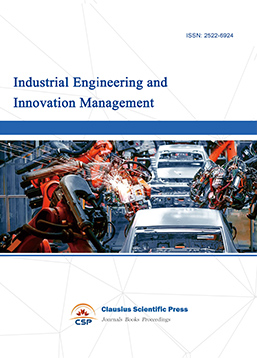
-
Tourism Management and Technology Economy

-
Journal of Computational and Financial Econometrics

-
Financial Engineering and Risk Management

-
Accounting and Corporate Management

-
Social Security and Administration Management

-
Population, Resources & Environmental Economics

-
Statistics & Quantitative Economics

-
Agricultural & Forestry Economics and Management
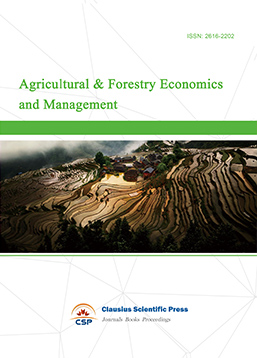
-
Social Medicine and Health Management
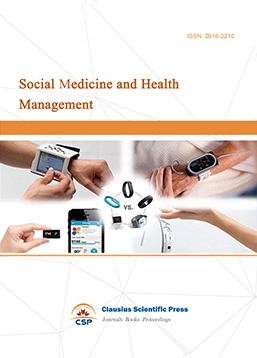
-
Land Resource Management
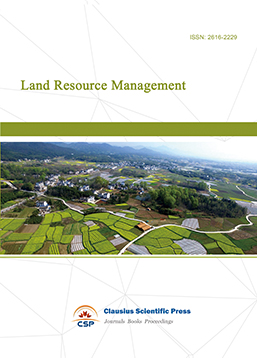
-
Information, Library and Archival Science

-
Journal of Human Resource Development

-
Manufacturing and Service Operations Management
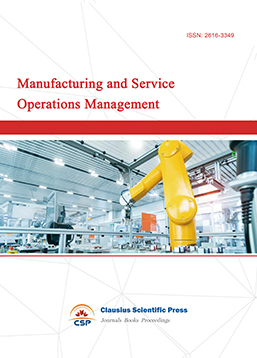
-
Operational Research and Cybernetics


 Download as PDF
Download as PDF